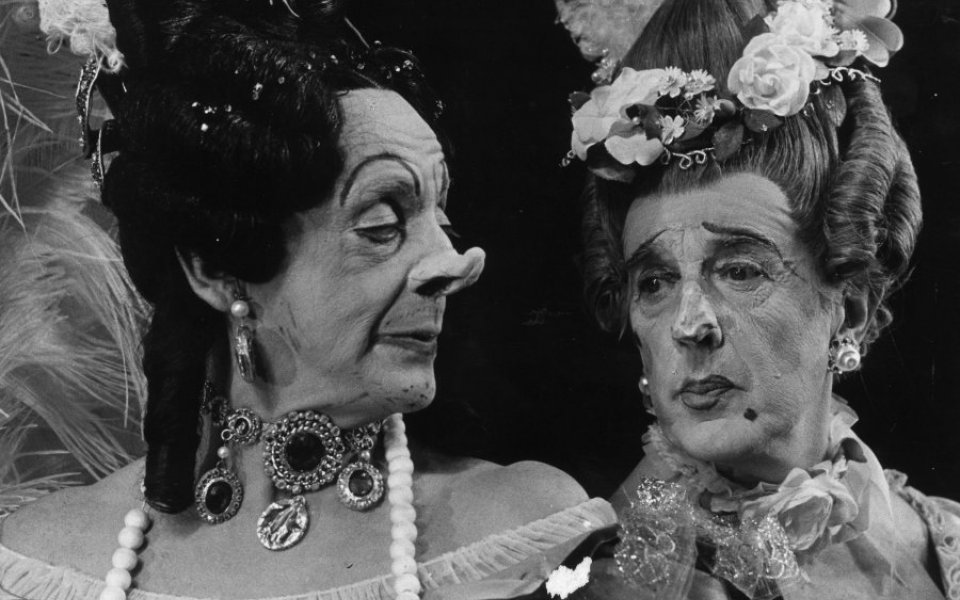Customer service: How brands like Ryanair have taken it from ugly sister to Cinderella

During our annual convention on customer service in Glasgow next month, one of the key speakers will be Carol Anne O’Neill of Ryanair.
This might strike you as ironic given the budget airline’s historically poor reputation for pared down, no frills customer service.
But it’s a clear sign of how the times are a changin’ and of the growing importance brands are placing on the need to serve their customers well — and to do so consistently — if they are to protect their bottom line.
The fact that Carol is head of sales and marketing reinforces how, in today’s digitally connected world, one where positive and negative customer sentiment can travel at light speeds, the balance of power has shifted away from the traditional ‘push’ mentality of brands to the customer experience — one that is founded on a two-way conversation.
Increasingly, brands are now tuned into the fact that if they perform well throughout the customer experience, and across multiple channels, the result is the very best marketing possible: repeat business and word of mouth — or, as the cliché now goes, mouse.
Once the ugly sister to sales and marketing, an unwanted overhead and necessary evil, it’s fair to say customer service has now evolved into brands’ Cinderella.
But getting customer service right today is no small challenge. The advent of digital has fragmented the way we communicate with companies: from Twitter, Facebook and live chat to email, Skype and countless other real-time channels.
Neither has the traditional call centre been consigned to the dustbin of customer service history. As unbelievable as this sounds, many customers still want to talk to a real person, whether face-to-face or over the phone.
Underlining the continued need for a ‘human’ element in customer service, the supermarket Morrisons, reacting to an ever-growing number of ‘machine rage’ incidents, performed a customer service volte-face recently and brought back real, live staff to ‘express’ checkouts. Imagine that.
And with people living ever longer — the number of over 65s in the UK is expected to double to 20m in the next two decades — the demand for interaction with real people will carry on for some time yet.
It’s this need to satisfy multiple demographics through multiple channels – to “mirror the customer” — that brands are only now coming to terms with.
As a result, the challenge for companies in the years ahead is to offer the personal (for example, the phone call) alongside the impersonal (a website or app) in a streamlined, non-siloed and symbiotic relationship.
For businesses that get it right, the rewards will be as immense as the potential downside for businesses that get it wrong.